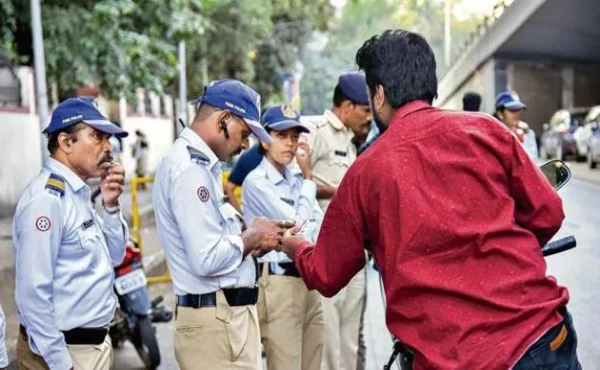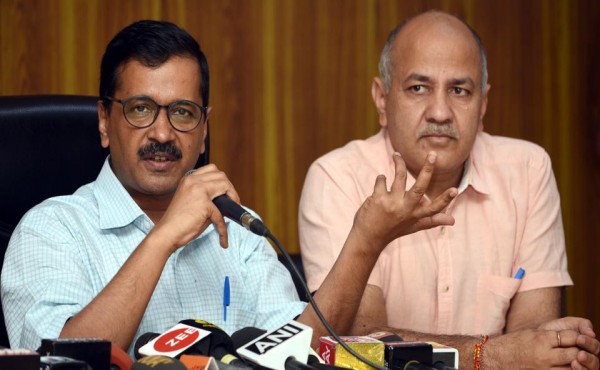Free Speech vs. Hate Speech: an ongoing debate
Dated: June 21, 2020
- By Megha Bhatia
“If all mankind minus one, were of one opinion, and only one person were of the contrary opinion, mankind would be no more justified in silencing that one person, than he, if he had the power, would be justified in silencing mankind.”
- J.S. Mill in his work On Liberty
The year 2020 has brought in so much till now. Apart from all the other things, there have been many instances that have stretched the envelope of what we define as freedom of expression. On the one hand, for chanting ‘Azaadi’ we have FIRs being filed against students. On the other hand, we have political leaders who deliver hate speeches. Freedom of expression enshrined in Article 19(1) of the Constitution is not an absolute right; it is accompanied by safeguards set out in Article 19(2). After reviewing these restrictions carefully, it can be inferred that, given the fact that hate speech is not mentioned as a clear exception, it falls under other specified exceptions, including security of the state, public order, and incitement to an offence. A citizen thus only has the Constitutional right to speak until it takes the form of hate propaganda.
What is Hate Speech?
The dreadful situation is that ‘Hate Speech’ has not been described in any of the laws of the country, only prohibitions are indicated for the use of certain forms of speech and expression. In the 267th Report of the Law Commission of India, hate speech is described as “an incitement to hatred primarily against a group of persons defined in terms of race, ethnicity, gender, sexual orientation, religious belief and the like.”
And the Black’s Law Dictionary defines hate speech as the speech that has no meaning except to a group's expression of hatred, such as a certain race, particularly in situations where contact is likely to trigger abuse. In other words, it means that hate speech is “any word written or spoken, signs, visible representations within the hearing or sight of a person with the intention to cause fear or alarm, or incitement to violence.”
Hate speech, which has now become a phenomenon and a fast cut to get publicity, increases irritation and nuanced problems for contemporary constitutional rights to freedom of expression. Hate speech poses very complicated issues that challenge the boundaries of free speech. In recent years, we have seen a tremendous increase in incidents of hate speech, expressed either by the government or by the media that has culminated in abuse among the people.
In order to determine whether or not a speech (in any form) amounts to Hate Speech, it is important to judge the impact of words from the expectations of a fair, strong-minded, stable and brave individual, and those of frail and vacillating minds, not those who smell danger from any aggressive point of view. Hate speech need not be explicitly hateful, it could be rooted in “love”—love for the country, community, religion, or group identity of self. This love is so confined to one's own, and it develops into fanaticismthat it denies any other free thought to the contrary.
Another reason which gives voice to the Hate Speech is the sense of superiority of oneself over another and thus the urge for dominance over the other groups or communities. The sense of dominance or getting an upper hand on another contributes to arrogance brewing, which in effect comes down to resentment and communicate itself by expression of hate.
The Constitution of India grants freedom of speech and expression to the people of India. However, others perpetrate the crime of hate speech under the pretext of practicing inherent freedom, giving rise to an air of mistrust, and fear. It needs to be known that there is equality for everyone. When a Hate Speech is given in the name of free expression that marginalizes other people, then the liberty of others is stripped away.
Laws governing Hate Speech
Besides the Constitution, there are various other legislation and mechanisms of self-regulation under which hate speech is denied, such as:
- Sections 153A and 153B of Indian Penal Code, 1860 make any act a punishable offence that incites or promotes disharmony or feeling of enmity or hatred between different religious or racial or linguistic or regional groups or castes or communities. The objective of having such a provision was “to check fissiparous communal and separatist tendencies and secure fraternity so as to ensure the dignity of the individual and the unity of the nation.”
- Section 295A of Indian Penal Code, 1860 provides for punishment for any act perpetrated by any person with deliberate and malicious intent to outrage the religious feelings of any class of citizens, insults or attempts to insult that class of citizens’ religion or religious beliefs. The Supreme Court in Ramji Lal Modi v. State of Uttar Pradesh held that “Section 295A makes crime only grave types of conduct involving abuse to religion or religious beliefs. The provision does not punish every act of or attempt to, insult religious beliefs of a class of citizens, but only those aggravated forms of abuse to religion which are executed with the deliberate and malicious intention of outraging the religious feelings of a class of citizens.”
- Under Section 298, punishment is prescribed for any act committed with the deliberate and malicious intention of hurting the religious feelings of any person.
- Section 505(1) and 505(2) make the creation, publication or dissemination of any declaration or rumour an offense likely to cause any class or group of persons to commit some offense toward any other class or group of persons, or to encourage or possibly encourage feelings of enmity, hate or unwillingness between specific ethnic, cultural, language or national classes or castes or populations.
- Section 8, Section 123(3), 123(3A) and Section 125 of The Representation of the People Act, 1951.
- Section 7 of The Protection of Civil Rights Act, 1955.
- Section 3(g) of The Religious Institutions (Prevention of Misuse) Act, 1988.
- Section 95, Section 107, Section 144 of The Code of Criminal Procedure, 1973
The above-mentioned laws may not deal directly with hate speech issues, but the Supreme Court has interpreted the Constitution in an elaborate manner to limit these provisions within the reasonable limitations of Article 19(2). Hence, the notion of hate speech has been made wider in our country to maintain peace and public order.
Recent Trend
There have been many instances of hate speech not only in India but worldwide where, in its Transparency Report, Facebook, the social media giant, revealed alarming statistics in which it eventually removed 3 million hateful posts from its platform. YouTube, which allows free sharing of video content on its site, removed 25,000 videos in a single month in 2018(as it was the year of online hate).
In the absence of an online content control mechanism or law, social media platforms such as Twitter and others have been used by some players to amplify and call for actions contrary to the Union of India spirit.
In a PIL filed by Campaign Against Hate Speech seeking directions to take action against media houses and political figures who have rendered ‘hateful statements’ against the minority Muslim community after several members of the Tablighi Jamaat tested positive for Coronavirus, the Karnataka High Court held that it would be unacceptable to render a concrete analysis of “hate speech” in the absence of any specific legislation.
“In the present scenario, since the Parliament has not yet thought it appropriate to legislate on the concept of ‘hate speech’, in this writ petition, in the absence of there being any definition of ‘hate speech’ as such, this Court in exercise of its jurisdiction under Article 226 of the Constitution of India cannot issue directions merely on the basis of impact of hate speech on the society in general or certain sections of the society in particular,” said Karnataka High Court.
It is only the press that can show the mirror to the emperor and say that the “emperor is not wearing any clothes”, said Justice Rajiv Shakdher on June 6, 2020 during an online discussion on Freedom of Speech.
While talking about the rise of fake news, Justice Swaminathan also noted that “just like how we are now in a time where we have to live with Corona, we are also in a time where we have to live with fake news.”
Justice Shakdher further added on this topic that social media posts that may offend some people’s feelings but don't degrade the plurality ethos are not criminally actionable. On the other hand, he added, “Posts which target a particular community, section, and degrade the ethos of plurality our Constitution stands for are perhaps to be dealt with.”
He also noted that clarity on what amounts to actionable hate speech needs to be established. He observed, “Content such as satire cannot be labelled as hate speech because the dispensation is thin-skinned.”
Top Stories
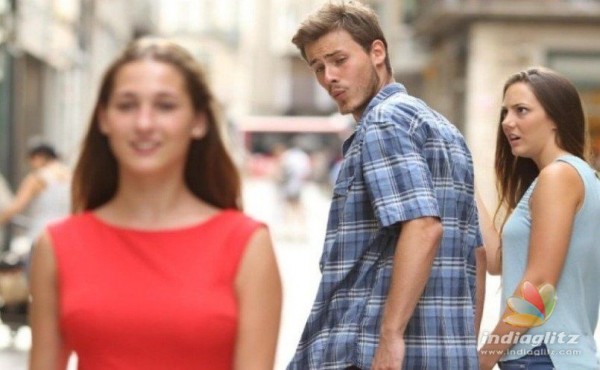
Adultery no longer a Criminal offence says Supreme Court...
September 29, 2018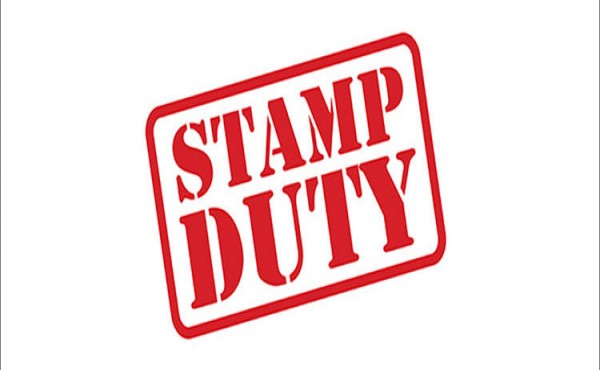
Stamp Duty on transfer of Shares and Debentures
September 14, 2018
Are Adultery Laws Biased in India
August 13, 2018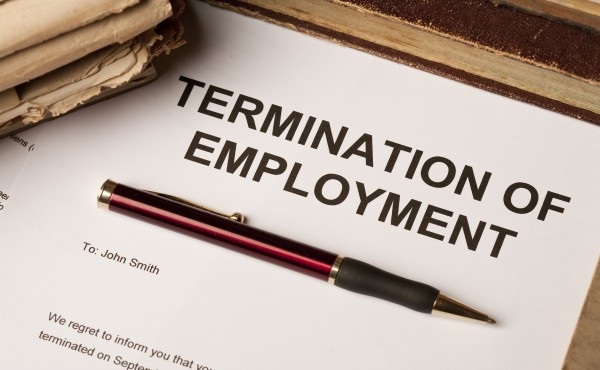
DISMISSAL, DISCHARGE, TERMINATION AND RETRENCHMENT OF AN...
September 14, 2018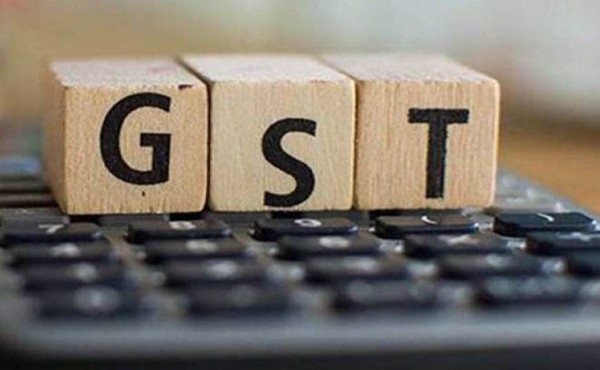
What are HSN and SAC codes in GST? What is the differenc...
April 28, 2020